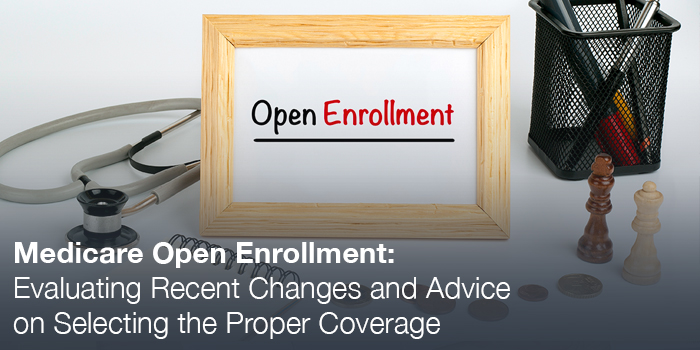The Flexibility of a Roth IRA
Contributed by: Kali Hassinger, CFP®
Whether it’s a 401(k) or 403(b), many employers provide employees with the option to defer their income and help save toward retirement. Although these are essential savings tools, it’s important to be aware of and understand other retirement savings options as well. With a Roth IRA, your money is given the same opportunity to be invested and grow over time without taxation, with the additional benefit of being tax free at withdrawal! With a Roth IRA, however, the funds invested are already taxed, so there is no immediate tax benefit. Roth IRAs do provide additional advantages and flexibility, which can make them very attractive additions to your retirement savings.
Use of Contributions
Because you’ve already paid tax on the funds invested, Roth IRAs can allow you to take out 100% of your contributions at any point, with no taxes or penalties. Generally, contributions are assumed to be withdrawn first. Earnings, on the other hand, are subject to penalty if withdrawn prior to age 59 1/2.
First Time Homebuyers
Roth IRAs can be beneficial to young investors thanks to an exception which allows the account holder to withdraw funds prior to age 59 ½ without paying the 10% penalty tax. After the Roth IRA has been established for 5 years, the account holder is able to withdrawal up to $10,000 if the funds are used toward his or her first home purchase. This means that a couple, if they both have established Roth IRAs, could use up to $20,000 toward their first home purchase.
Required Minimum Distributions
Roth IRAs do not have required minimum distributions (RMDs) during the lifetime of the owner, unlike other tax-deferred savings (like traditional IRAs, 401(k)s, 403(b)s) which require the owner to begin taking distributions at age 70 ½. An inherited Roth IRA will, however, require the beneficiary to take annual distributions, but these withdrawals are still tax fee.
Conversions
Since Roth IRAs can be beneficial for long term tax planning, the IRA has placed income limits on who can make contributions. If your income is above this threshold, however, you may be able to work around those limitations by completing a back-door Roth conversion. This process is essentially opening and funding a traditional IRA with a non-deductible contribution, but then immediately converting the funds from that account into a Roth IRA.
Whether you’re just starting out or getting close to retirement, a Roth IRA could be a beneficial addition to your retirement savings. By simply understanding all of your options, you can be more equipped to help achieve your long term financial goals. Please contact us if you have questions about this type of retirement account and how it could benefit your financial plan, we’re here to help!
Kali Hassinger, CFP® is an Associate Financial Planner at Center for Financial Planning, Inc.®
The information contained in this blog does not purport to be a complete description of the securities, markets, or developments referred to in this material. The information has been obtained from sources considered to be reliable, but we do not guarantee that the foregoing material is accurate or complete. Any opinions are those of Kali Hassinger and not necessarily those of Raymond James. Expressions of opinion are as of this date and are subject to change without notice. There is no guarantee that these statements, opinions or forecasts provided herein will prove to be correct. This material is being provided for information purposes only and is not a complete description, nor is it a recommendation. Investments mentioned may not be suitable for all investors. Roth IRA owners must be 59½ or older and have held the IRA for five years before tax-free withdrawals are permitted. Like Traditional IRAs, contribution limits apply to Roth IRAs. In addition, with a Roth IRA, your allowable contribution may be reduced or eliminated if your annual income exceeds certain limits. Contributions to a Roth IRA are never tax deductible, but if certain conditions are met, distributions will be completely income tax free. Unless certain criteria are met, Roth IRA owners must be 59½ or older and have held the IRA for five years before tax-free withdrawals are permitted. Additionally, each converted amount may be subject to its own five-year holding period. Converting a traditional IRA into a Roth IRA has tax implications. Investors should consult a tax advisor before deciding to do a conversion. Every investor's situation is unique and you should consider your investment goals, risk tolerance and time horizon before making any investment. Prior to making an investment decision, please consult with your financial advisor about your individual situation.

















